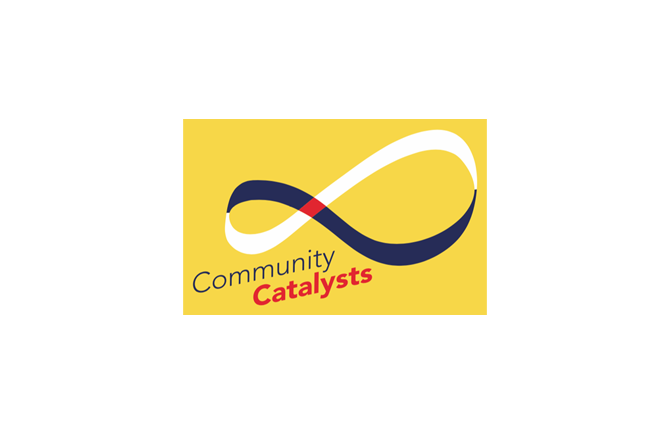CCRD: Community Catalysts
for Regenerative Development
CCRD: Community Catalysts for Regenerative Development (2018-2020)
CCRD: Community Catalysts for Regenerative Development (2018-2020)
Regenerative Development represents an emerging whole systems and living systems paradigm of development for an increasingly thriving co-devolution of human communities with the ecosystems they inhabit. Regenerative Development goes beyond the sustainable development paradigm as it cares not only for sustaining the existing state of affairs in the spirit of “causing less harm”. Remember that in many places and communities the existing state of affairs is a degraded and further degrading one through the prior paradigms of “development”, think of huge crop monocultures maintained by pesticides that have replaced natural forests, plastic waste islands in our oceans, or colonised people that have been cut off from their language, pride and place. Regenerative Development includes regenerating what has been degraded while building the capacity for increasing expression of potential and vitality. The following extensive definition makes evident how encompassing the regenerative paradigm is.
“Regenerative Development
1. Manifests potential. Regenerative development enhances regenerative capacity—viability, vitality, and evolutionary capacity—in living systems that manifest increasingly higher levels of health and potential. In other words, regenerative development focuses on positive outcomes for all members of a system, which inherently means increased opportunities for health, well-being, and happiness.
2. Shifts worldviews. Regenerative development explicitly and deeply engages stakeholders, inhabitants of a place, and practitioners in a collaborative, co-creative process. This process shifts worldviews to ecological ones and, as a result, shifts values, beliefs, behaviors, and their sociocultural and physical manifestations (e.g., infrastructure) to ones that nurture thriving living systems.
3. Creates mutually beneficial, co-evolving relationships. Regenerative development forms mutualistic relationships amongst the sociocultural and ecological components of systems that evolve through time.
4. Adds value across scales. Regenerative development works explicitly across scales, at least one scale below and two scales above the focal project. It seeks to add integral, life-conducive value to systems. Smaller-scale (e.g., individual and local) efforts are coordinated within larger scale (e.g., regional) efforts and are leveraged to catalyze transformation toward sustainability throughout the living system.
5. Grows regenerative capacity in whole systems. Regenerative development works with whole living systems, not just isolated fragments, to understand geological, ecological, and sociocultural relationships and flows to increase viability, vitality, and evolutionary capacity.”
(quoted from Leah Gibbons, Scott Cloutier, Paul Coseo, & Ahmed Barakat (2018). Regenerative Development as an Integrative Paradigm and Methodology for Landscape Sustainability. Sustainability, 10, 1910, p.6)
In many places smaller or larger ecosystems are degrading through climate change impact, industrial agriculture, human settlements and extractive, waste-producing economies. The project is driven by the need to promote and enable broad stakeholder (we prefer saying “careholder”) participation, in particular citizen participation, for more collective intelligence in decision-making and joint action directed to recreating biodiverse, resilient and healthy local to bioregional ecosystems. As there are many barriers to both participation and regeneration, the project has been designed to develop a pioneering training aimed at youth leaders, community leaders and technical staff of local governments so that they can become Community Catalysts of Regenerative Development in their place and in their bioregions. The project builds capacity through tools and activities of participatory action research, citizen participation and the co-creation of public policies.
PHASE 1 : Participatory Action-Research
This phase was carried out primarily by the four project partners based in bioregions, regions defined by their distinct geological, morphological and ecological characteristics. The partners interviewed diverse local stakeholders involved in environmental activities. The goal was to map the state of the biosphere-related SDGs at the local level, identifying strategies, actions already implemented and actions still needed to deepen the collective understanding of regenerative practice at a bioregional level, thus contributing to reaching the goals at the local level.
PHASE 2 : Community Catalyst Guidelines, Toolkit & Video.
In this phase, we created theoretical and methodological guidelines for trainers and practitioners as well as a comprehensive, aesthetic and printable toolkit for participants. Additionally, six videos were produced to accompany the six dimensions of the WeLand design framework that structures the toolkit. All six partners were involved in the production of these two outputs, with bioregional partners providing content related to local and bioregional applications of Regenerative Development, and the two trans-local partners providing a European and international framework and reach.
PHASE 3 : Trainings and Multiplier Events
All partners participated in a transnational training to test the emerging framework. Once all project deliverables were completed, all partners carried out multiplier events in their local countries in order to disseminate the results widely amongst activists, researchers, trainers, youth leaders, community leaders and technicians.

